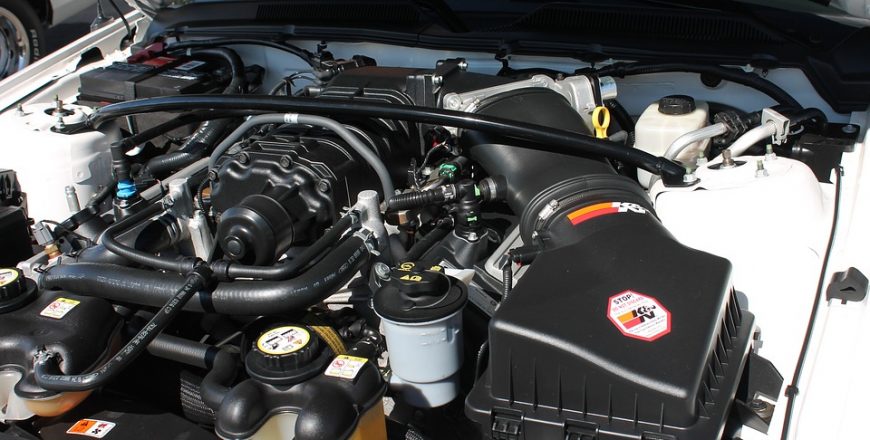
Simple Car Maintenance Hacks
Car maintenance is a car’s equivalent of humans going to see their doctor – it should be done regularly and neglecting these visits might result in further problems, complications and even prove detrimental in the long run. Besides, making sure that your car receives regular maintenance by a reputable auto repair shop in your area, who can fix any problems there and then, is always preferable to having it potentially break down, with you ending up spending a ton of money on further repairs that could’ve been resolved sooner. However, you can save even more money by checking your car by yourself, rather than taking it to the shop and having it inspected every couple of months. With this in mind, here are some simple car maintenance hacks.
1. Battery inspection
A battery is the first thing that comes to mind when one considers checking a car– the issues with this part of a vehicle are the most frequent causes of car breakdowns, especially in wintertime, when batteries drain more quickly, due to low temperatures. Here’s how to check whether your car battery is in good shape (regardless of the season): check the cables and terminals for corrosion. If there are signs of corrosion, you can hear grinding or clicking sounds when you start your car, your headlights are dim, or your battery is older than 3 years, it’s high time to change it!
2. Check the tires
If the battery is the first thing that comes to mind when you need to look under the hood, tires are the first thing that pops in your head when you think “car inspection” in general. While the majority of modern cars are equipped with tire pressure monitoring systems, there’s a lot of skepticism when it comes to PSI readings accuracy. This is why a tire pressure gauge should always be a part of your car’s trunk. Knowing your car’s recommended tire pressure is of essence here, so you should always keep the owner’s manual handy.
Additionally, if your tire tread is uneven or low, changing is in order.
3. Lights
This is something you won’t be able to do alone. However, this doesn’t mean that you are obligated to take your car to a mechanic; simply call a friend, have them sit inside, pressing the brakes and using the turn signals, while you’re walking around the vehicle, making sure that everything works properly. A bad brake light or a bad tail light is no reason to get a traffic ticket, but, even more importantly, there’s a reason why you can’t drive without them – lights serve a purpose and that purpose is safety. Finally, here’s how to check your headlights: park your car in front of a garage wall or door (two car lengths away) and shine the lights onto the wall (door) surface. Now check to see if low beams shed light on the wall at the height of your headrests – if not, have them adjusted!
4. Check the fluids
Car fluids include some that are easy to check, such as steering fluid, brake fluid, coolant and motor oil. Simply refer to your car owner’s manual to find the adequate reservoirs and see how to get accurate readings. Use a dipstick – if the fluid looks too old or the reading is too low, then you should consider a full change, or adding more fluid. The problem with oil filters is thickening and harmful deposits, so using quality, multipurpose motor oil, such as Castrol is always recommended. This way, you can make sure that your filters are as clean as possible since it may be used in differentials, final drives and it does have a multitude of other applications.
5. Brake pads
This may well be the most important part of your car maintenance (for obvious reasons). This will take no more than an hour and you will need a lug wrench, C-clamp, open-end or adjustable wrench and a hammer. Your brake pads need to be changed every 20,000 miles. We suggest that you refer to the owner’s manual for specifics as to your model. This will take some time, but checking brake pads can literally save lives.
Whenever you’re in the market for the things you need to keep your car in check, make sure you’re researching what you buy! It can be easy to agree with whatever a sales person suggests to you to keep their numbers up, but remember that whatever you get can negatively impact your precious car. I’d recommend using car and automotive reviews to decide whether what you’re about to buy is a high quality product or whether you’re potentially buying something that might make your car worse off than before you started taking care of it.
